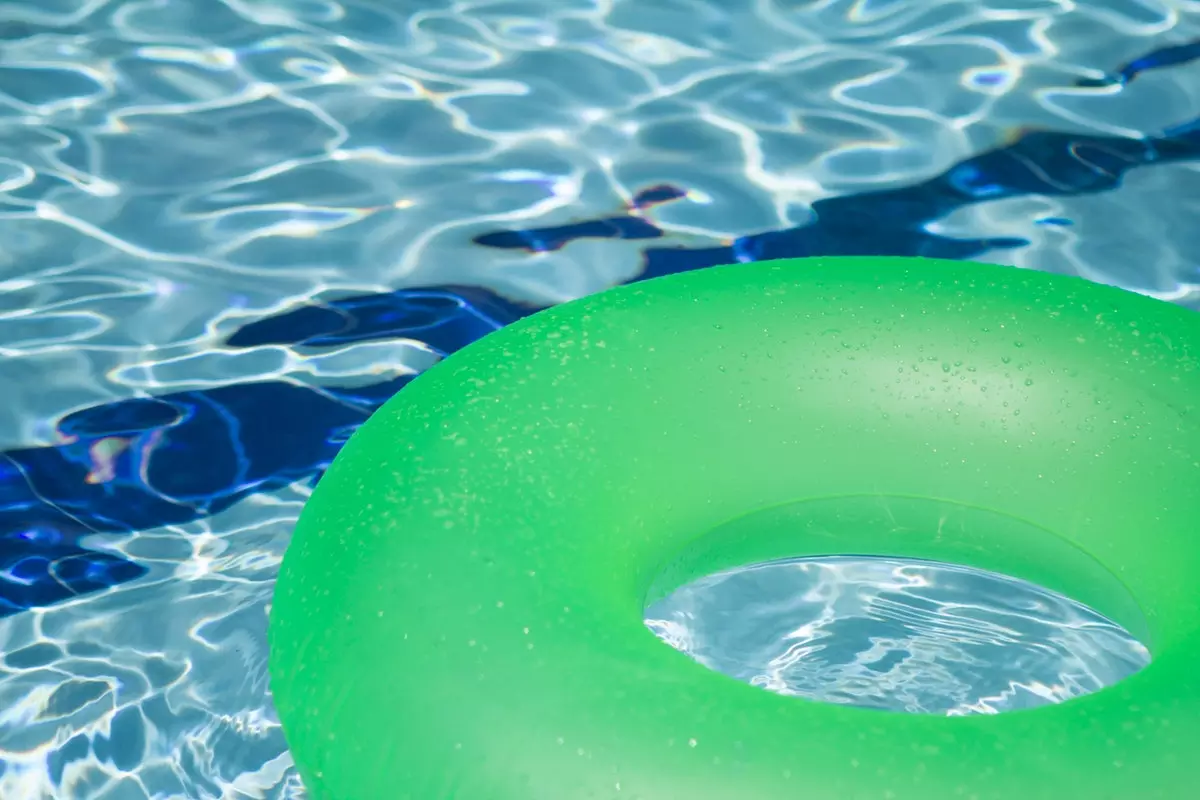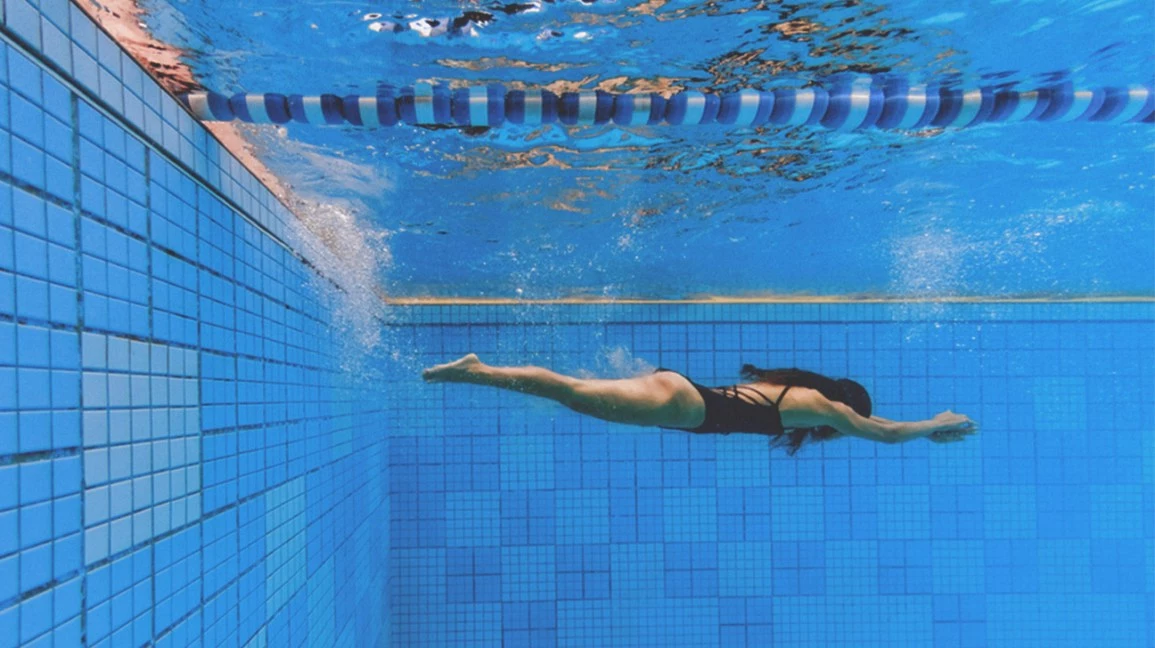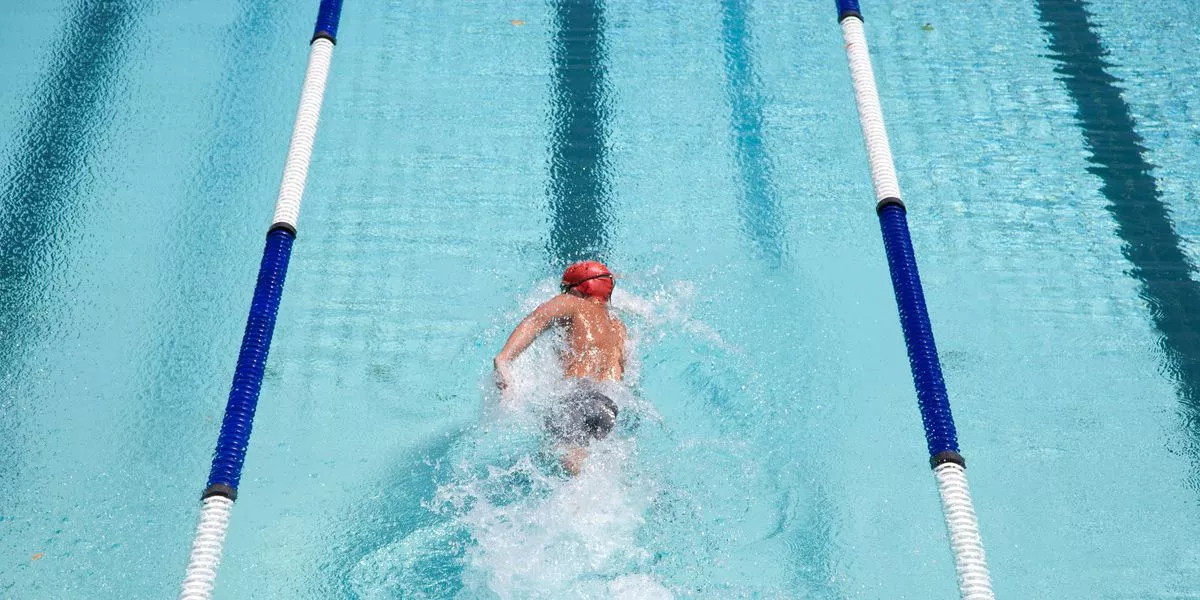Several Ways to Stay Safe While Swimming
Pay Attention to the Swimming Environment
1. Try not to swim in rivers, lakes, seas and reservoirs. The water of these places seems calm, but in fact, there may be some hidden vortexes under the water, which people can't see. Once entering the water, it's possible to be washed away, resulting in a life tragedy.
2. Stay away from the channel of ships. When the ship passes by, the current is too fast, which is easy to suck people into the button of the ship and cause drowning.
3. Do not swim in flood-prone areas that feature a big vertical drop and an unstable underwater environment. If you are not good at swimming, a drowning accident is likely to happen.
4. It is not advisable to swim in areas with poor water quality which can easily lead to various diseases and does harm to your physical and mental health.
5. Don't swim in a valley with an unclear geographical environment. The water in these places is different in the depth, and very cold, and there may be dangerous obstacles in the water.

Remember These Swimming Safety Tips
1. Do not be too hungry or full when entering the water. And go swimming an hour after meals or it will harm your body.
2. Check the water temperature before swimming. If the water is too cold, be careful when entering.
3. If you want to swim in rivers, lakes and seas, you must have a companion instead of swimming alone.
4. Observe the environment of the swimming area before going into the water. If there is a warning sign, you can't swim here.
5. Before diving, make sure that the depth of the water here is at least 3 meters, and there are no weeds, rocks or other obstacles underwater. It is safer to enter the water with your feet first.
6. When swimming in the sea, you should swim along the parallel direction of the coastline. Swimmers who have poor swimming skills or lack of physical strength should not enter the deep-water area. Find an object on the coast as the reference, and pay attention to the distance from the shore. Then adjust your direction in time to ensure safety.

Swim in A Healthy Way
1. Avoid swimming before and after a meal. Swimming with an empty stomach will affect your appetite and digestive function, and unexpected situations, such as dizziness and tiredness, may occur during swimming. Eating too much will also influence digestive function, and may result in stomach cramps with symptoms like abdominal pain, vomiting, etc.
2. Don't swim after strenuous exercise. Or the burden on the heart would be increased, and the body temperature would be decreased sharply, weakening the resistance and causing colds, pharyngitis or other diseases.
3. Women should not go swimming during menstruation. In this period, germs can easily enter the womb, fallopian tubes and other places, which will cause infection and symptoms like irregular menstruation, heavy menstrual bleeding and prolonged menstruation.
4. Do not swim in unfamiliar waters. When swimming in natural waters, avoid entering the water as your wish. It's not advisable to swim in the water around and under complicated conditions to prevent accidents.
5. You had better go swimming with sun protection measures. Long-term exposure will cause sunburn or acute dermatitis. To better take care of yourself, it's best to stay under an umbrella when getting to the shore, rest in a shady place, protect the skin with a bath towel, or wear sunscreen on the exposed part of the body. A swimsuit with large coverage is also a good choice.
6. Do warm-ups before swimming. The temperature of the water is always lower than that of the human body. Therefore, you must warm up before entering the water, otherwise it will easily lead to physical discomfort.
7. Avoid eating immediately after swimming. Take a short rest before eating, or it would increase the burden of intestines and stomach, and even cause some related illnesses.
8. It is best not to swim for too long, and it should be no longer than 1.5-2 hours. Our skin generally has three stages of reaction to cold stimulation.
· The first stage: After people enter the water, the blood vessels under the skin will contract, and the skin color will become pale under the stimulation of cold.
· The second stage: After we stay in water for a certain period of time, the expansion in blood flow will occur, and the color will turn pale to light red, with the skin being from cold to warm.
· The third stage: If we stay too long, the heat dissipation of body temperature will be greater than the heat production, and goose bumps and chills will occur. At this time, we should get out of the water without hesitation.

1. Try not to swim in rivers, lakes, seas and reservoirs. The water of these places seems calm, but in fact, there may be some hidden vortexes under the water, which people can't see. Once entering the water, it's possible to be washed away, resulting in a life tragedy.
2. Stay away from the channel of ships. When the ship passes by, the current is too fast, which is easy to suck people into the button of the ship and cause drowning.
3. Do not swim in flood-prone areas that feature a big vertical drop and an unstable underwater environment. If you are not good at swimming, a drowning accident is likely to happen.
4. It is not advisable to swim in areas with poor water quality which can easily lead to various diseases and does harm to your physical and mental health.
5. Don't swim in a valley with an unclear geographical environment. The water in these places is different in the depth, and very cold, and there may be dangerous obstacles in the water.

Remember These Swimming Safety Tips
1. Do not be too hungry or full when entering the water. And go swimming an hour after meals or it will harm your body.
2. Check the water temperature before swimming. If the water is too cold, be careful when entering.
3. If you want to swim in rivers, lakes and seas, you must have a companion instead of swimming alone.
4. Observe the environment of the swimming area before going into the water. If there is a warning sign, you can't swim here.
5. Before diving, make sure that the depth of the water here is at least 3 meters, and there are no weeds, rocks or other obstacles underwater. It is safer to enter the water with your feet first.
6. When swimming in the sea, you should swim along the parallel direction of the coastline. Swimmers who have poor swimming skills or lack of physical strength should not enter the deep-water area. Find an object on the coast as the reference, and pay attention to the distance from the shore. Then adjust your direction in time to ensure safety.

Swim in A Healthy Way
1. Avoid swimming before and after a meal. Swimming with an empty stomach will affect your appetite and digestive function, and unexpected situations, such as dizziness and tiredness, may occur during swimming. Eating too much will also influence digestive function, and may result in stomach cramps with symptoms like abdominal pain, vomiting, etc.
2. Don't swim after strenuous exercise. Or the burden on the heart would be increased, and the body temperature would be decreased sharply, weakening the resistance and causing colds, pharyngitis or other diseases.
3. Women should not go swimming during menstruation. In this period, germs can easily enter the womb, fallopian tubes and other places, which will cause infection and symptoms like irregular menstruation, heavy menstrual bleeding and prolonged menstruation.
4. Do not swim in unfamiliar waters. When swimming in natural waters, avoid entering the water as your wish. It's not advisable to swim in the water around and under complicated conditions to prevent accidents.
5. You had better go swimming with sun protection measures. Long-term exposure will cause sunburn or acute dermatitis. To better take care of yourself, it's best to stay under an umbrella when getting to the shore, rest in a shady place, protect the skin with a bath towel, or wear sunscreen on the exposed part of the body. A swimsuit with large coverage is also a good choice.
6. Do warm-ups before swimming. The temperature of the water is always lower than that of the human body. Therefore, you must warm up before entering the water, otherwise it will easily lead to physical discomfort.
7. Avoid eating immediately after swimming. Take a short rest before eating, or it would increase the burden of intestines and stomach, and even cause some related illnesses.
8. It is best not to swim for too long, and it should be no longer than 1.5-2 hours. Our skin generally has three stages of reaction to cold stimulation.
· The first stage: After people enter the water, the blood vessels under the skin will contract, and the skin color will become pale under the stimulation of cold.
· The second stage: After we stay in water for a certain period of time, the expansion in blood flow will occur, and the color will turn pale to light red, with the skin being from cold to warm.
· The third stage: If we stay too long, the heat dissipation of body temperature will be greater than the heat production, and goose bumps and chills will occur. At this time, we should get out of the water without hesitation.
